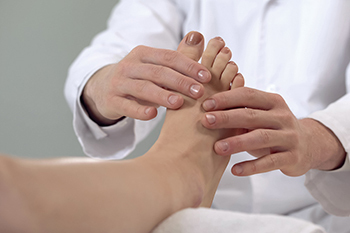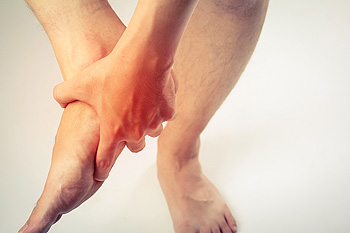
A healthy child has healthy feet, and so it is critical for parents to be aware of foot afflictions that may negatively impact their child’s feet. One of these conditions is known as intoeing, or pigeon toes, which occurs when a child’s toes point inwards. Intoeing can be present in infants from birth, as a result of twisted foot contortions within the uterus. Pigeon toes can also develop later in childhood, most likely due to movement of the tibia. In many cases, a child’s intoeing may actually correct itself over a period of time. However, if the condition persists and interferes with the child’s walking ability, then specific treatment options may be needed. These might include a surgical procedure or a variety of casts to correct the abnormality. If you are concerned about your child’s intoeing, please make an appointment with a trusted podiatrist today.
Making sure that your children maintain good foot health is very important as they grow. If you have any questions, contact one of our podiatrists of Illinois . Our doctors can provide the care you need to keep you pain-free and on your feet.
Keeping Children's Feet Healthy
Having healthy feet during childhood can help prevent medical problems later in life, namely in the back and legs. As children grow, their feet require different types of care. Here are some things to consider...
Although babies do not walk yet, it is still very important to take care of their feet.
Avoid putting tight shoes or socks on his or her feet.
Allow the baby to stretch and kick his or her feet to feel comfortable.
As a toddler, kids are now on the move and begin to develop differently. At this age, toddlers are getting a feel for walking, so don’t be alarmed if your toddler is unsteady or ‘walks funny’.
As your child gets older, it is important to teach them how to take care of their feet.
Show them proper hygiene to prevent infections such as fungus.
Be watchful for any pain or injury.
Have all injuries checked by a doctor as soon as possible.
Comfortable, protective shoes should always be worn, especially at play.
If you have any questions please feel free to contact our offices located in Wheeling and Berwyn, IL . We offer the newest diagnostic and treatment technologies for all your foot and ankle needs.




